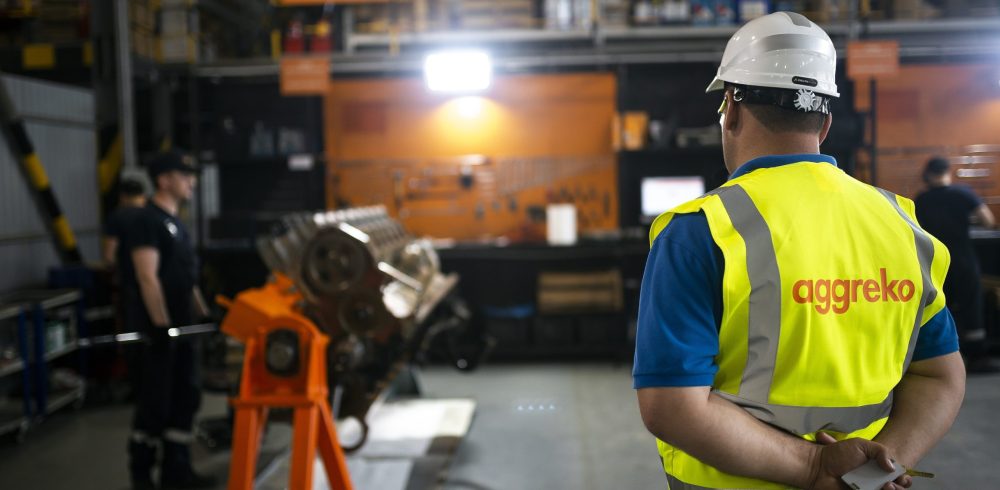Industry optimism over increased manufacturing production in 2022 must be tempered by guaranteeing stable plant power supplies if the industry is to enjoy a predicted upward trajectory, says a sector expert.
Positivity has followed publication of the latest IHS Markit/CIPS Purchasing Managers’ Index (PMI) in which a majority (63%) of manufacturing firms forecasted growing activity in 2022. This is in part due to expectations of renewed global economic growth, planned investment going ahead, and hopes disruption caused by COVID-19, Brexit and supply chain issues will be reduced.
Yet with issues around tightening energy supplies persisting, as previously warned in the National Grid ESO Winter Outlook 2021, fluctuating power may pose obstacles for organisations looking to benefit from a friendlier business landscape. According to Matt Watson, Manufacturing Specialist at Aggreko Northern Europe, adopting innovative on-site energy generation strategies, including industrial battery technology, could help address these potential issues.
“The latest IHS Markit/CIPS PMI’s predictions of a manufacturing upturn in 2022 is extremely welcome news, yet it is vital that sector stakeholders remain vigilant to ongoing challenges, including energy provision,” explains Matt. “Meeting increased demand and the clearing of work backlogs are key factors behind this optimistic outlook, yet growth cannot be achieved without a stable power supply.
“Indeed, with gas prices rising, ongoing supply crunches from incidents like the October fire that shut the IFA high-voltage power cable, and ageing grid infrastructure, this issue isn’t going away anytime soon. As such, battery solutions, combined with on-site decentralised energy generation, could ‘smooth over’ this intermittent disruption and help manufacturers better service an anticipated production increase as they look to recover and thrive in the future.”
The IHS Markit/CIPS PMI also cited inflationary pressures, declining exports and market uncertainty created over the possibility of Omicron-related social restrictions as concerns that continued to impact the manufacturing sector in December. According to Matt, these issues, combined with the fast-paced development of new battery technologies, means approaches grounded in equipment hire may best suit rapidly changing circumstances.
“A dynamic situation requires a dynamic response, especially if manufacturing is to continue its recovery following the events of 2020 and 2021,” concludes Matt. “However, the disruption of those years may have squeezed budgets to a point where companies cannot afford the prohibitive costs associated with new installations.
“Yet this does not change the fact that this equipment is vital to long-term business health. Consequently, equipment rental could help negate these acute short-term concerns, while also mitigating risks about stranded, inefficient or outdated assets that may arise with the permanent purchase of battery solutions at a time when the technology is rapidly advancing.”















